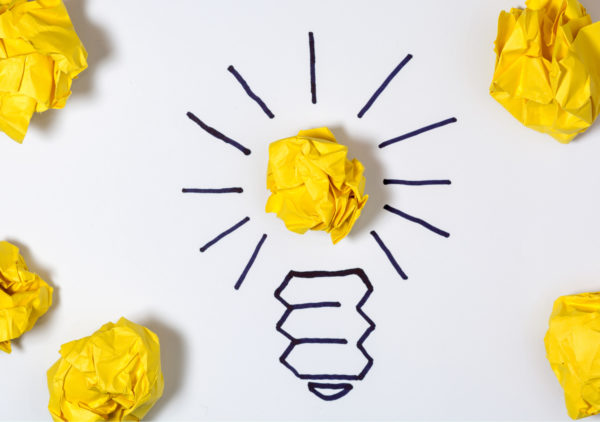[Editor’s note: This piece was originally published here on the Clayton Christensen Institute’s blog.]
One of the core ideas of the Christensen Institute’s research on innovation is that technologies improve over time to better meet the needs of the people they serve. For example, early smartphones supported only basic apps such as email and web browsing; but, over time, these devices have added functionality to support a huge variety of apps that have dramatically changed how people communicate, work, travel, and seek entertainment.
In education, however, we often don’t see this kind of steady progress. Rick Hess has described how education reform efforts often come and go in cycles without fundamentally changing the fabric of education or producing substantial improvement. And when it comes to technology-focused efforts, Larry Cuban has documented how, over the last century, schools embraced new technologies with great fanfare, only to discover later that the technologies did not deliver on their promised improvements.
Blended learning provides a fresh opportunity for education to break past these cycles of change without progress. But if it isn’t managed properly, then blended learning could fall into the same trap as other ideas that have gone before it. Recently, my colleagues Julia Freeland Fisher and Michael Horn wrote a paper that describes how education research needs to change in order to unlock advances in the field.
In line with their insights, below are a few noteworthy efforts to ensure that blended learning and other innovations in education continue to make progress in producing improved student outcomes.
1. TLA’s measurement agenda
At iNACOL’s recent Symposium, I participated in a session on measurement where Saro Mohammad laid out The Learning Accelerator’s vision for improving research on blended learning. Recognizing that there are still many gaps in the body of research on blended learning, TLA is working to improve measurement tools, develop more research, and disseminate those findings and developments to the field. The recent report, Measurement Agenda for Blended Learning, details TLA’s efforts to do this and describes the roles that researchers, practitioners, policymakers, and others can play to improve the collective understanding of effective blended-learning implementation. The research agenda that TLA lays out is critical for ensuring that blended learning improves to fulfill its potential. Without research to test and verify what works, blended and personalized learning are just persuasive educational philosophies.
(Next page: Education innovation longevity efforts 2-3)
2. Summit Public Schools’ short-cycle innovation
Also at the iNACOL Symposium, Summit Public Schools’ Adam Carter and Vishal Shah presented a session on how the charter school network uses short-cycle research and user-centered design practices to improve its educational offerings. According to Carter and Shah, this research process involves identifying a problem to solve, studying academic literature related to that problem, developing detailed and context-specific descriptions of the problem, prototyping solutions, seeking focused feedback, revising solutions, testing solutions, and then scaling and automating solutions that prove successful. By adopting this process Summit avoids the trap of becoming content with mere marginal improvements and sets itself on a trajectory toward dramatically improving how it serves students. For this reason, Summit is one of the leading examples of a school system that is tackling the work of continuous improvement.
3. Bellwether’s recommendations for teacher prep
Recently, Bellwether Education Partners’ published a paper on improving teacher preparation programs that holds many valuable lessons for blended learning. The authors describe how most efforts to improve teacher preparation to date focus either on specifying and regulating the theoretical inputs of quality teacher preparation programs, or holding programs accountable for their outcomes; but neither approach has produced clear evidence on how to improve the quality of teacher preparation programs.
Instead, they recommend that teacher preparation programs and policymakers should work together to implement rapid-cycle evaluations (RCEs) that can uncover what aspects of different programs work, for which students, under what circumstances. Bellwether’s recommendations for adopting rapid-cycle evaluations for teacher preparation programs are equally valuable for blended-learning programs. Schools interested in using rapid-cycle evaluation to test the efficacy of blended-learning technologies and programs should look into the U.S. DOE’s new Ed Tech RCE coach. (Side note: My blog post last week gave recommendations for states as they implement the U.S. DOE’s new teacher preparation rules. After reading the Bellweather report, I think the success of many of my recommendations will be predicated on adoption of the recommendations described by Bellwether.)
In order to make progress in improving how they serve students by encouraging education innovation, schools need to give more consideration to developing processes for measuring and testing the programs, models, and technologies they adopt. In my next post, I’ll discuss why these processes are critically important to the future success of blended learning.
- The evolving requirements of a K-12 school network - April 24, 2024
- A bungled FAFSA rollout threatens students’ college ambitions - April 24, 2024
- How digital tools and AI can enhance social studies - April 23, 2024

